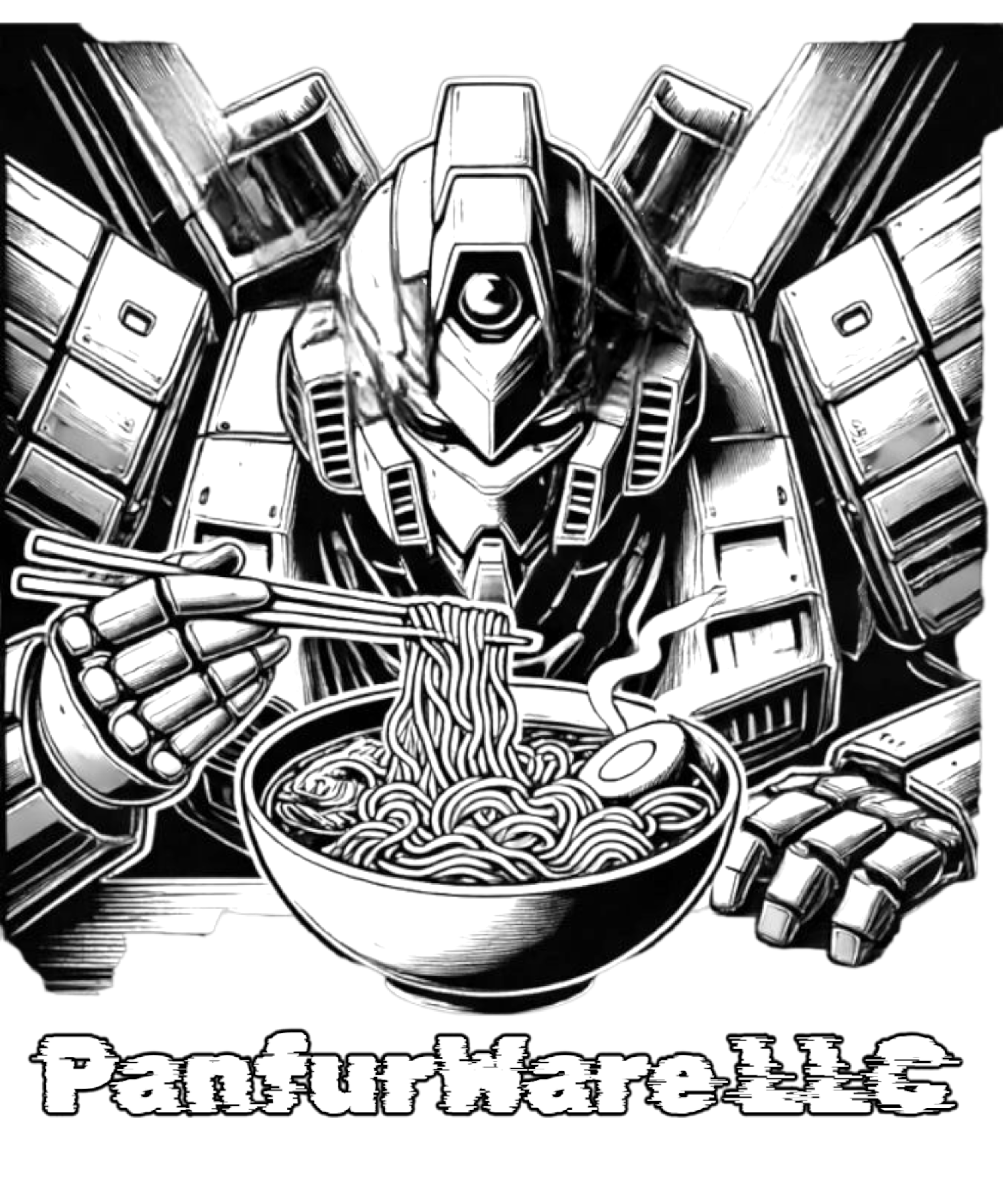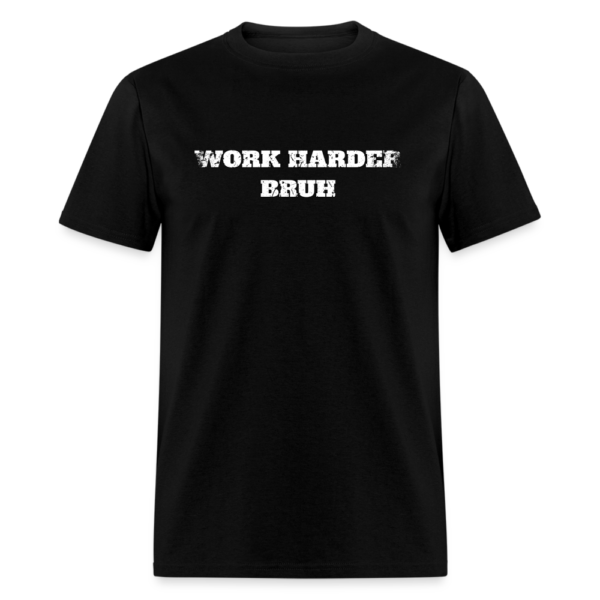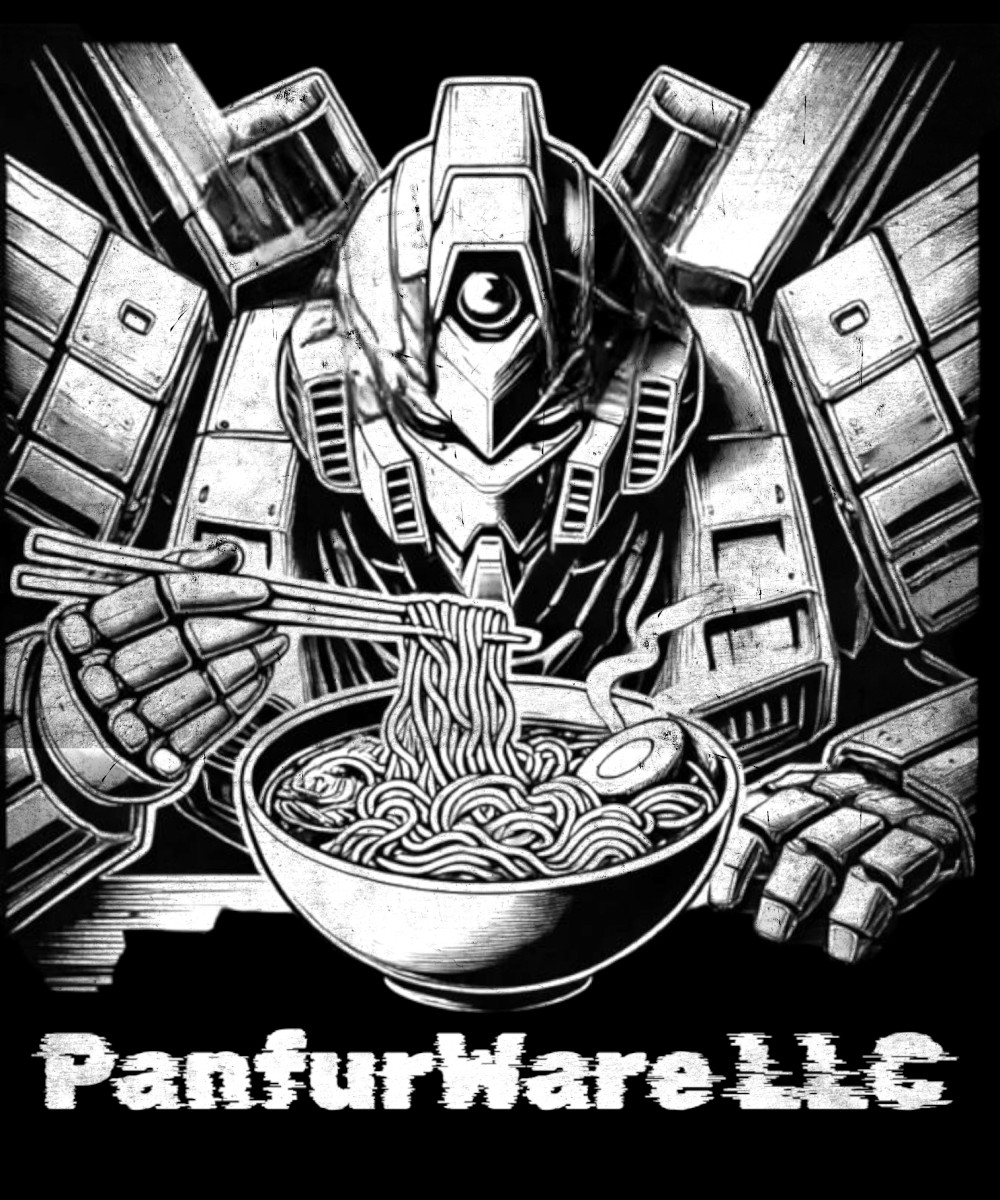
The logistics and e-commerce world is no stranger to rapid changes, and the latest development has sent shockwaves through the industry. UPS recently announced a significant scaling back of its business operations with Amazon by 50%. This move is poised to reshape the landscape for Amazon’s Delivery Service Partners (DSP) and smaller independent companies. In this article, we dive deep into the details, explore the potential effects on the broader market, and provide actionable insights for businesses and consumers alike. Keep reading to understand what this means for the future of delivery, logistics, and e-commerce in a fast-evolving digital marketplace.
The Changing Landscape of Logistics and E-commerce 🚀
The logistics sector has been transforming over the past decade, driven by technological advancements, shifting consumer behaviors, and the relentless growth of e-commerce. Amazon, a titan in the retail industry, has built an extensive distribution network that includes its own fleet of carriers and partnerships with major players like UPS. However, the recent decision by UPS to reduce its business with Amazon by half marks a turning point in the traditional shipping and delivery model.
This strategic move by UPS is not happening in isolation. It is a reflection of broader market trends where established logistics companies are reassessing their partnerships and strategies amid increasing competition and rapidly changing market demands. This decision is particularly impactful for Amazon DSPs and independent delivery companies that have long relied on the synergy between UPS’s robust infrastructure and Amazon’s vast order volumes.
Why UPS Is Scaling Back Its Business with Amazon 📦
Several factors may have influenced UPS’s decision to cut its business with Amazon:
- Cost Management and Profitability: As shipping volumes soar, maintaining a 100% service level with massive e-commerce giants can lead to significant cost pressures. By scaling back, UPS can better manage its expenses while preserving service quality for its remaining high-value clients.
- Resource Allocation: With growing challenges such as driver shortages, fuel costs, and increased operational complexities, UPS might be reallocating resources to focus on regions or sectors where they can achieve higher margins or operational efficiency.
- Competitive Pressure: The rise of other logistics and delivery service providers, including FedEx and regional carriers, has intensified the competitive landscape. UPS’s decision might be part of a larger strategy to differentiate its services and maintain a competitive edge in a crowded market.
- Partnership Rebalancing: As e-commerce giants like Amazon continue to evolve their logistics strategies—including expanding their in-house delivery services—the need for traditional carriers may diminish. UPS is adapting by realigning its partnerships to focus on areas with sustainable growth prospects.
Impact on Amazon DSPs and Independent Delivery Companies 🌐
The scaling back of UPS’s services with Amazon is bound to have ripple effects throughout the delivery ecosystem, especially for Amazon’s DSPs and smaller independent companies. Here’s what you need to know:
1. Increased Operational Pressures on DSPs
Amazon DSPs, which play a crucial role in ensuring timely deliveries, might face new operational challenges. With UPS reducing its capacity, there could be an increased workload on DSPs, requiring them to handle a higher volume of packages and adapt to new delivery routes. This shift could lead to:
- Longer Delivery Times: An initial period of adjustment might result in slower processing and delivery speeds until DSPs optimize their operations.
- Higher Costs: DSPs may need to invest in additional resources—such as more vehicles or advanced routing technology—to manage the increased volume, potentially impacting their profit margins.
- Enhanced Innovation: On the positive side, the need to overcome these challenges could drive innovation in delivery processes, leading to improved efficiency and the adoption of cutting-edge logistics technology.
2. Opportunities for Independent Carriers
While the change presents challenges, it also opens up opportunities for smaller independent delivery companies. With a major player like UPS scaling back, the market space becomes ripe for disruption. Independent carriers can capitalize on this gap by:
- Offering Specialized Services: By focusing on niche markets or specific geographic areas, smaller companies can provide tailored services that meet local demands better than a one-size-fits-all approach.
- Leveraging Technology: Independent carriers can invest in modern logistics solutions, such as route optimization software, real-time tracking systems, and digital communication platforms, to enhance their service quality and operational efficiency.
- Building Strategic Partnerships: Forming alliances with local businesses or even collaborating with Amazon on a more localized scale can help independent companies grow and build a competitive advantage.
3. Market Rebalancing and Consumer Impact
The overall market dynamics will undoubtedly shift as logistics providers adapt to this new reality. Consumers may experience:
- Variable Delivery Experiences: While some regions may see temporary slowdowns or hiccups in delivery times, others might benefit from improved local service as independent companies step in.
- Enhanced Service Options: Increased competition among delivery providers can lead to a wider range of service options, potentially offering more choices in terms of delivery speed, cost, and reliability.
- Potential Price Adjustments: As market forces drive efficiency improvements or increased operational costs, consumers might see changes in shipping fees, promotions, or service bundles.
Navigating the Transition: Strategies for Amazon DSPs and Independent Companies 🛠️
For Amazon DSPs and independent delivery companies, navigating this transition successfully will depend on strategic planning and agile adaptation. Here are some strategies to consider:
Invest in Technology and Data Analytics
Embracing digital transformation can be a game changer. Companies should invest in logistics software that optimizes route planning, enhances tracking capabilities, and improves customer communication. Data analytics can provide valuable insights into delivery patterns, helping companies predict peak times and allocate resources more efficiently.
Enhance Workforce Training and Retention
With the increasing pressures on delivery operations, having a well-trained and motivated workforce is crucial. Regular training sessions, performance incentives, and robust employee support programs can help maintain high service standards. Empowered drivers and staff are more likely to embrace new technologies and adapt to evolving operational challenges.
Strengthen Local Partnerships
For smaller independent companies, building strong local partnerships can offer mutual benefits. Collaborating with local retailers, e-commerce platforms, or even regional logistics providers can create a robust network that supports faster and more reliable deliveries. Localized partnerships also enhance community trust and brand loyalty, which are essential for long-term success.
Diversify Service Offerings
Adapting to market changes often involves diversifying service portfolios. In addition to standard delivery services, companies can explore value-added offerings such as same-day delivery, white-glove services for fragile items, or specialized delivery solutions for high-value products. Diversification not only mitigates risks associated with market shifts but also caters to a broader customer base.
Focus on Customer Communication
Clear and consistent communication with customers during times of transition is vital. Keeping customers informed about delivery status, potential delays, or alternative options builds trust and reduces frustration. Leveraging social media channels, email updates, and real-time tracking tools can help maintain transparency and customer satisfaction.
What Does the Future Hold for the Delivery Ecosystem? 🔮
The decision by UPS to scale back its business with Amazon by 50% is more than just a headline—it’s a catalyst for change within the logistics industry. As traditional giants re-evaluate their partnerships and strategies, the delivery ecosystem is witnessing a period of disruption and opportunity.
Amazon, known for its relentless innovation, is likely to further develop its in-house logistics capabilities, which may reduce its reliance on external carriers over time. This shift could result in a more decentralized and competitive delivery landscape where independent carriers and DSPs have more room to innovate and capture market share.
Moreover, the evolution of consumer expectations—driven by faster delivery times, real-time tracking, and seamless digital experiences—will continue to influence the strategies of all market players. Companies that invest in technology, foster strong local networks, and remain agile in their operations will be best positioned to thrive in this dynamic environment.
Final Thoughts: Adapt and Thrive in a Changing Market 🌟
The recent move by UPS signals a new era in the logistics industry. While the scaling back of services with Amazon presents challenges, it also opens up numerous opportunities for Amazon DSPs and smaller independent delivery companies. Adaptation, innovation, and strategic planning will be the cornerstones of success in this evolving market.
We invite you to join the conversation—share your thoughts, experiences, and predictions in the comments below. Let’s discuss how these changes might affect the future of e-commerce and delivery services, and what strategies could help businesses navigate this transition successfully. Don’t forget to share this post with your network to spread the word about the latest trends in logistics and e-commerce!
Vintage Work Harder Bruh | Fitness, Sports and Business Unisex Classic T-Shirt
Vintage Work Harder Bruh | Fitness, Sports and Business Unisex Classic T-Shirt. “Elevate your grind with this vintage ‘Work Harder Bruh’ fitness, sports, and business unisex classic t-shirt! Perfect for those who hustle hard in the gym, on the field, and in the boardroom.”
------------------------------------------------
We use AI GPT Chatbots to help with our content and may get some things wrong.
-------------------------------------------------








Facebook Comments